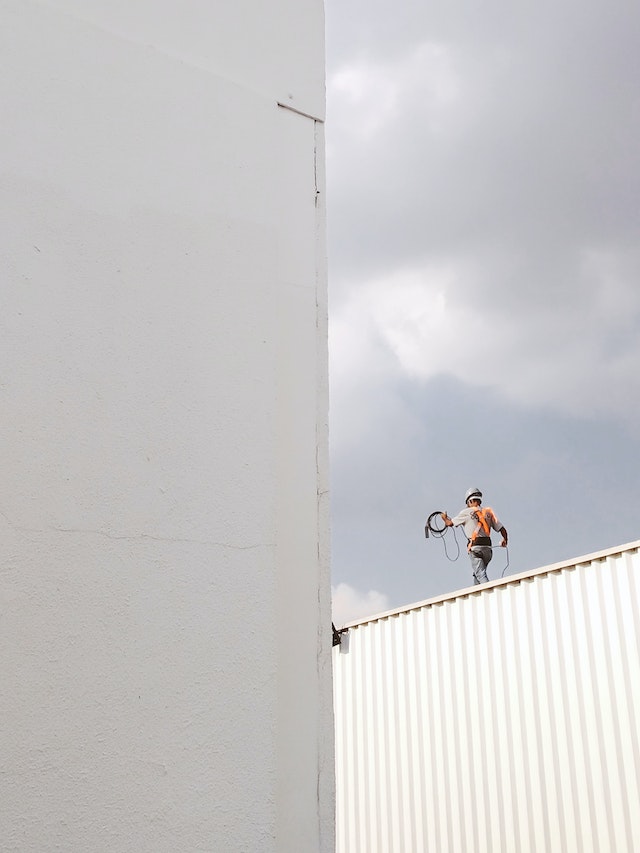Hoses in construction work similarly and transfer force between two points, and they can be a big asset to construction projects, but they can also wear down over time and require regular repair or replacement. Consider establishing a preventive maintenance schedule for your hoses to keep your construction equipment functioning at peak performance.
Hydraulic Hoses Transfer Force Between Two Points
The various applications and functions of hydraulic hoses are vast, but all share a common design: they transfer force from one point to another by transferring pressurized fluid. The hydraulic system is used to apply torque to loads, move materials, and direct movements with high accuracy. In construction and other industries, hydraulic systems are essential for various tasks.
In heavy lifting applications, hydraulic hoses must meet specific requirements. They must be able to withstand high pressure and extreme temperatures and be flexible enough to perform heavy-duty functions. The effectiveness of hydraulic systems cannot be understated. The high-pressure hydraulic fluids used in hydraulic systems require high strength and sturdiness of fluid transfer lines.
They Are A Great Asset.
The ability to repair a hose can prevent the need for a new one and save a construction company a great deal of money. It is vital to have access to a hose repair service that is available around the clock. A good service provider should be able to work around your schedule and offer competitive pricing for repairs. They should also be able to source the most cost-effective replacement hoses and fittings. This will allow them to pass the savings on to you. They should also be willing to offer you discounts on their services if you sign an ongoing service agreement with them.
A hose cover must be examined for any damage. These can include cuts, cracks, abrasions, and exposed reinforcement. Exposure to chemicals and sunlight can cause hoses to become stiff and crack when flexed. Color changes in the hose can also indicate aging or a chemical attack. In addition, a hose cover can develop blisters or tears that expose the reinforcement. This exposed reinforcement will break and degrade over time. Flattening or kinking a hose can also prevent the flow of materials and hinder its performance.
They Wear Out Over Time.
Performing routine hose repairs is integral to construction machines and equipment maintenance. This is necessary because hoses are designed to be used, and this can cause wear and tear. Regular checks can prevent failure by identifying any damage signs, such as improperly rubbing or missing clamps. You can also look for cracks in the hose or any other problems with the equipment.
Construction hoses repair is critical because improperly assembled hoses can cause serious hydraulic problems. It is crucial to ensure that your hydraulic hoses work with the hydraulic fluid in the machinery. If not, an improper assembly can lead to various problems, including a leaking or hardened hose.
They Require Preventative Maintenance.
Proper hose repair in construction means taking care of your equipment before encountering unexpected breakdowns. Not only can this prevent unexpected downtime, but it also protects your equipment and personnel. When a hydraulic hose fails, it may leak or rupture, potentially causing a dangerous situation. High-pressure fluid can be released into the air, making it very dangerous to touch. Proper maintenance is the best way to avoid these unexpected problems. Proper hose maintenance means frequent inspection and replacement. If you are using hydraulic equipment, hoses should be inspected every three months. Mobile equipment should undergo hose inspections after 400-600 hours of operation. Inspections should be more frequent if the hoses are exposed to high-pressure or temperature conditions.
They Are A Significant Part Of Vehicle Systems.
Hoses are used to carry fluids from one system to another. Some hoses have multiple layers of reinforcement to resist internal and external pressure. Another layer is the cover that protects the hose from UV rays and environmental elements. Some hoses do not have a carcass and instead have a single tube. The construction industry uses hoses to move water, air, and petroleum. Other hoses carry chemicals or dry bulk materials. These types of hoses must be able to withstand extreme temperatures and a high level of vibration.
They Are A Common Source Of Leaks.
Hoses are a common source of leaks, and proper repair is essential to prevent future damage. If you suspect a leak in your construction project, the best way to prevent further damage is to prevent water intrusion by repairing the hose and its coupling. These fittings are made of plastic or metal and have gaskets that can wear out over time. Properly repairing a leaky coupling is not difficult and can be done by following some simple guidelines. First, never touch a leaky hydraulic hose assembly, as the fluid inside is scorching and can cause severe injury.
Some different sources can cause leaks. Indoor leaks can result in water waste that’s significant in many households. According to the 2016 Residential End Uses of Water Study, the average household loses 17 gallons of water daily due to indoor leaks. While some leaks are easy to spot, others are not, so it’s essential to turn off the water inside and outside the home to ensure no hidden leaks.
